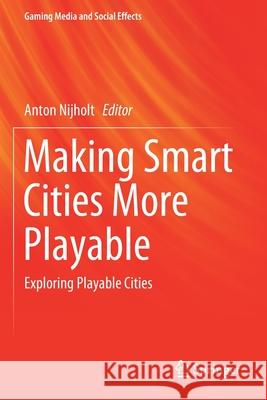Making Smart Cities More Playable: Exploring Playable Cities » książka
topmenu
Making Smart Cities More Playable: Exploring Playable Cities
ISBN-13: 9789811397677 / Angielski / Miękka / 2020 / 377 str.
Making Smart Cities More Playable: Exploring Playable Cities
ISBN-13: 9789811397677 / Angielski / Miękka / 2020 / 377 str.
cena 642,56
(netto: 611,96 VAT: 5%)
Najniższa cena z 30 dni: 616,85
(netto: 611,96 VAT: 5%)
Najniższa cena z 30 dni: 616,85
Termin realizacji zamówienia:
ok. 22 dni roboczych.
ok. 22 dni roboczych.
Darmowa dostawa!
Kategorie:
Kategorie BISAC:
Wydawca:
Springer
Seria wydawnicza:
Język:
Angielski
ISBN-13:
9789811397677
Rok wydania:
2020
Wydanie:
2020
Numer serii:
000471474
Ilość stron:
377
Waga:
0.54 kg
Wymiary:
23.39 x 15.6 x 2.06
Oprawa:
Miękka
Wolumenów:
01
Dodatkowe informacje:
Wydanie ilustrowane











